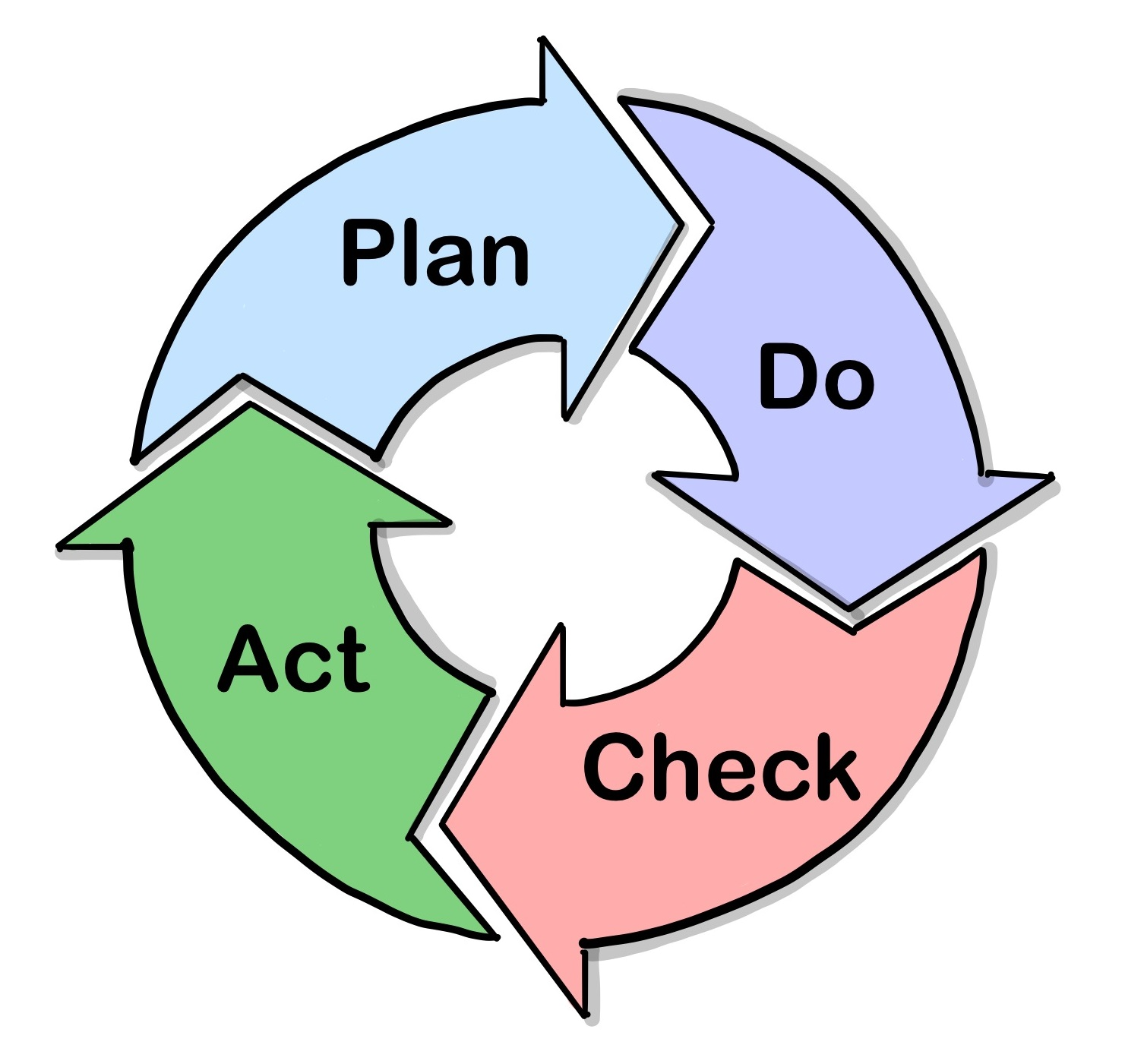What if you treated your career like a cutting-edge product?
Exploit and Explore Portfolios
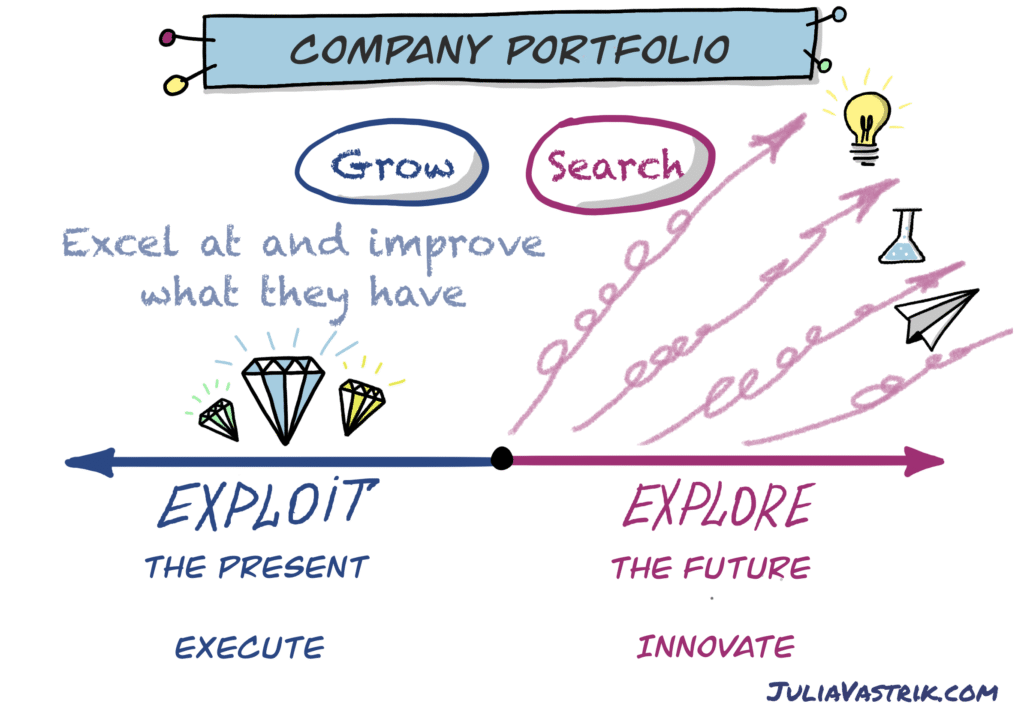
Every company that is aiming for the long-term game needs to be innovative and constantly explore new opportunities in addition to its current portfolio of products that bring cash. There are two different types of activities that such companies perform:
- Exploiting – maximizing existing opportunities by further developing the products and services that proved to be a good fit for the current market, excelling at them, and improving them.
- Exploring – searching for new opportunities in order to create a new product, find a new niche, or be prepared for global market changes.
Both are important and have to be present in the company’s portfolio in a good balance.
Exploring is cool and exciting, but it needs funding, as well as the existence of the company overall depends on the cash flow received from existing products.
At the same time, if the company, even very successful, only counts on the exploitation of currently successful products, sooner or later, it will be outpaced by more innovative competitors – or become totally irrelevant due to market changes.
Thus, the most successful companies have both Exploit and Explore portfolios. They constantly reinvent themselves by exploring the future while excelling at exploiting the present, to stay ahead of everybody else and beat disruption.
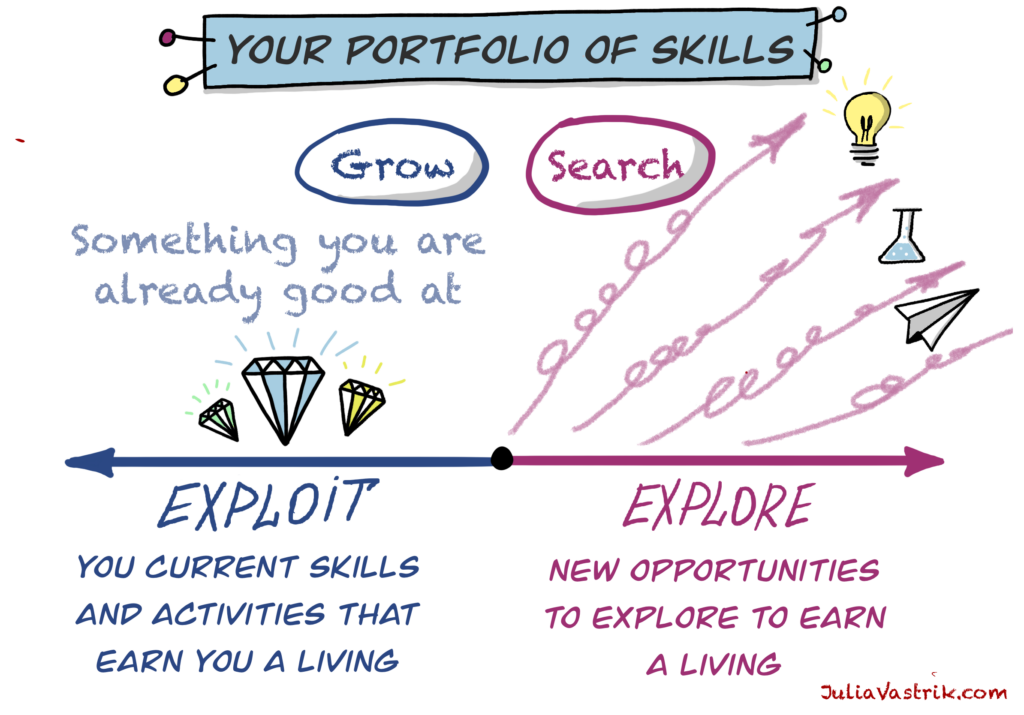
Successful professionals embrace the same strategy – they excel at what they are doing currently while constantly exploring new opportunities to stay relevant.
Here we are talking about our individual portfolios of skills, competencies, and activities we perform in the professional world.
- Exploit – our current skills and activities that earn us a living, things we are already good at.
- Explore – new opportunities we experiment with to earn a living in the future.
And if we only exploit what we are good at, we inevitably become irrelevant as the world changes faster and faster—and sometimes just dramatically—whether we notice it or not.

Don’t wait to start exploring new opportunities until the situation with your Exploit portfolio becomes really bad.
Both companies and individuals need to keep that good balance between their Exploit and Explore portfolios, deliberately and all the time.
We tend to become less active and lose our sense of urgency when we are in a good, stable situation. It is easy to grow overconfident about our future, assuming that circumstances will always remain favorable to us.
And when the situation changes, suddenly or slowly over time, while we have been overlooking the signs of upcoming change, we are not prepared at all for it.
Even worse, we may lose our ability to learn, innovate, and adapt—skills that require regular practice themselves. The more we perform exploring activities, the more skillful we become in them.
Again, this is true for both companies and individuals. How many famous companies lost their competitive advantage or even went bankrupt due to becoming too complacent and overlooking the current trends? General Motors, Kodak, BlackBerry, Nokia, Yahoo… the list goes on.
Let’s not become part of this list!
Let’s start exploring already today!
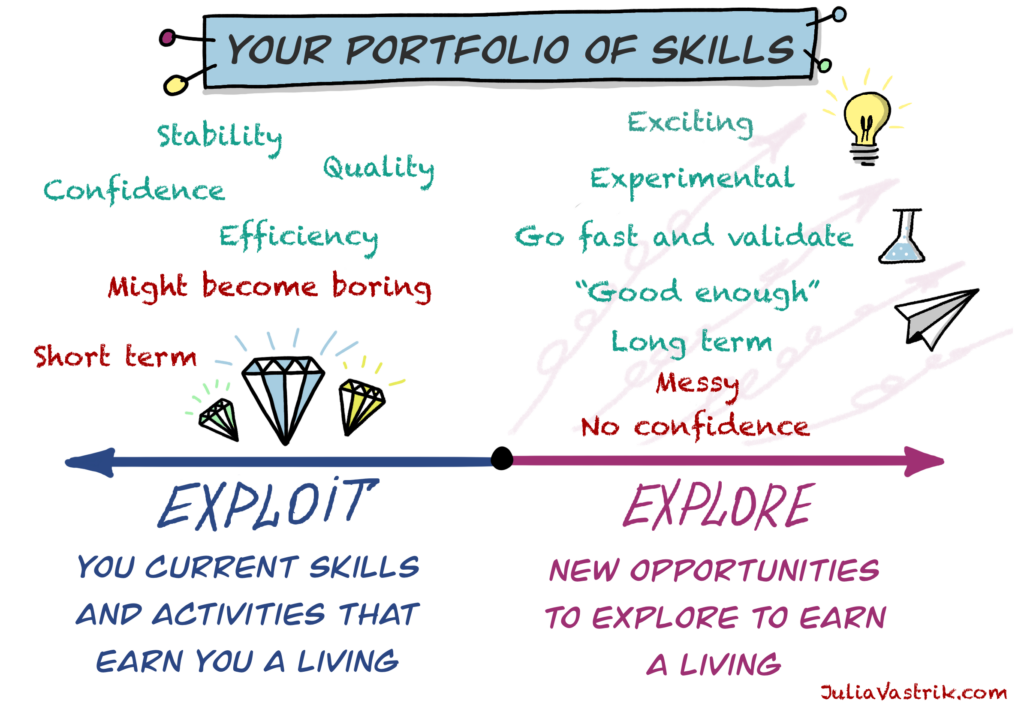
When we are in the Exploit domain, we feel confident about our skills and activities that have brought us our income so far. We are also able to do things with a high level of quality and aim for efficiency, as we have done this many times and know how to optimize and streamline our work. This gives us a feeling of stability—“business as usual.”
And it is never boring in the Explore domain.
However, it is quite challenging. We never have enough time to be prepared “enough.” To feel confident about what we are doing. We can’t invest too much of our resources in an area we’re not sure will bring the results we hope for.
- Should I go for this MBA?
- Should I invest in ICF education?
- Should I aim for this certification?
- Should I write a book around this great idea?
- Should I change my profession?
- Should I quit my job and start my own business?
Our only safe (or safer) option is to do small steps, experiment, go fast, and validate our ideas and assumptions. We need to be just “good enough” to get evidence that we are moving in the right direction—or that we need to pivot.
It is messy and uncomfortable. Difficult for our perfectionist nature. But also exciting. And making us more fit for the future.
Levels of Personal Innovation

In the same way as with companies, personal innovation might happen on several levels:
Level 1. Operational Innovation
Becoming better at what you are already doing—optimizing for higher quality, better efficiency, and more creative solutions.
Level 2. Product Innovation
Acquiring new skills and competencies or performing new activities.
This might be:
- Learning a new programming language, tool, or framework
- Developing a new facilitation or coaching skill
Or more complex development: moving into leadership, speaking at conferences, teaching, writing, etc. These require additional skills—mentoring, critical thinking, public speaking, and more.
Level 3. Strategic innovation
In business terms, this would be business model innovation. For individuals, it could mean:
- Moving to a new industry
- Changing professions
- Starting a business
- Embarking on a brand-new career path
The further we move along this scale, the higher the potential impact—but also the greater the risk.
The Big Bang approach might be the worst strategy here.
All or nothing. We either win big or fail big—and failure is far more likely this way.
The greater the change, the more we need iterative experimentation. This involves taking small steps, validating our hypotheses, experiencing minor failures, learning from them, shifting direction when needed, and experimenting again.
Just as real innovative companies do.
The Three Horizons Model
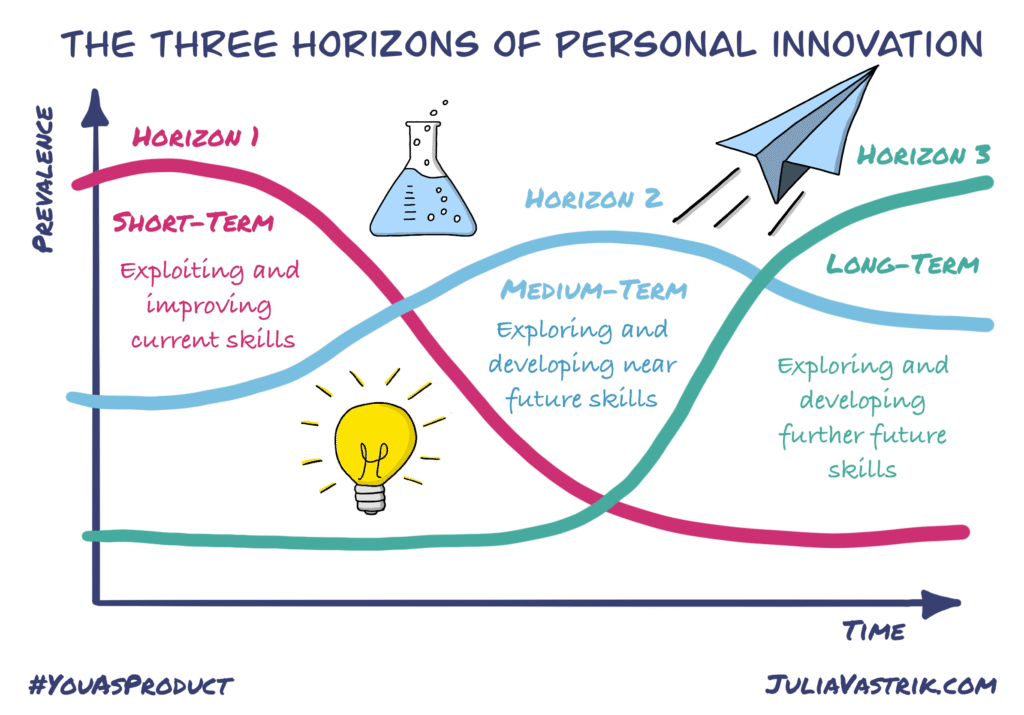
Another helpful perspective comes from the Three Horizons Model.
Developed by McKinsey, this model helps organizations manage and allocate resources across different time frames.
We can apply it to our skills as well:
- Horizon 1: Tactical improvements to what we’re doing now.
- Horizon 2: Exploring and learning new skills we believe we can apply soon.
- Horizon 3: Exploring longer-term, far-future opportunities.
Horizon 1 activities take up most of our time. Some Horizon 2 activities become Horizon 1 over time. Most Horizon 3 activities disappear—but some progress to Horizon 2 and eventually Horizon 1.
Horizon 1 activities might become irrelevant as the world changes. However, if we have been disciplined in exploring Horizon 2 and Horizon 3, we might be better prepared for this.
The six elements of personal innovation
So, let’s move now from high-level ideas to practical steps.
The building blocks of personal innovation mirror those of product innovation and development.

1. Ideate
We need to start from ideating. Ideating a lot. Usually, we don’t ideate enough. We stop much sooner than we should.

According to an experiment done by Gordon Siu: ”If you put half a dozen flies and the same number of bees in a glass bottle, lie the bottle down horizontally and turn it so that the bottom of the bottle faces the window of the room.”
What do you think, who gets out sooner – the bees or the flies?

Let’s see what happens next: “The bees struggle for hours to find a way out through the glass bottom before finally dying of exhaustion and hunger, while the flies have escaped to the opposite side through the neck of the bottle in less than two minutes”

The intelligent bees know very well that the way out and their rescue is there where the light is. So they try this familiar option over and over again, which does not serve them well in this new situation.
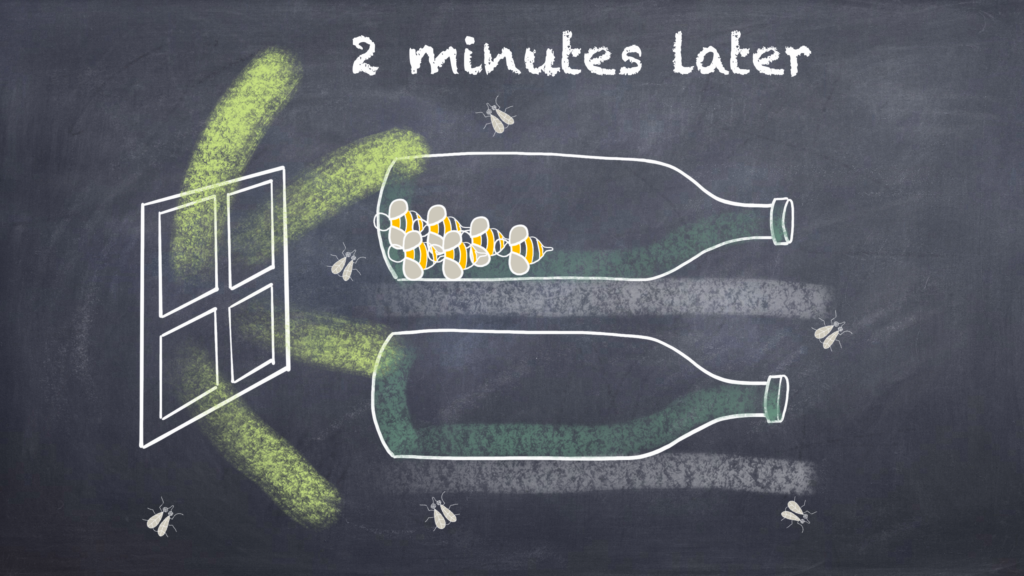
Meanwhile, the feather-brained flies, careless of logic, perform all kinds of movements in all possible directions, and this strategy works very well here: the flies regain their liberty very fast.
And while our brains and logic are not usually that bad things to have, when ideating and innovating, we need to free up ourselves from what we know, from our habitual thinking and iterating through old familiar options – and instead try to go in many different directions, come up with some crazy ideas, build on new ideas on top of them, and finally find some gems.
So, when ideating, let’s be more like flies rather than bees!

Later, you can examine your ideas more critically, removing non-relevant ones, refining more promising ones, and creating new ones by combining different ideas and building on each other.
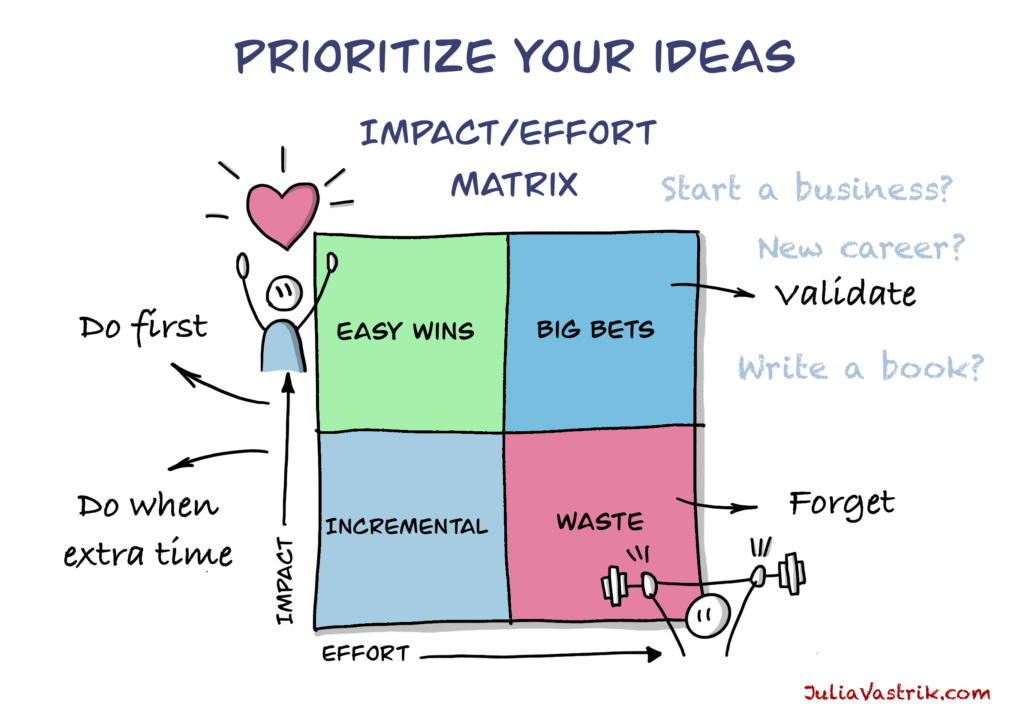
Impact/Effort matrix might be a useful tool for the initial mapping of possible ideas – to solve a problem, innovate, or try a different direction. In addition to the business context, it might also be used for mapping ideas for our personal and professional development.
It helps to identify:
- Easy Wins: Great results with little effort → Do them first!
- Waste: Little result, high effort → Discard them.
- Incremental: Low impact, low effort → Do them occasionally.
Big Bets: High potential impact, high effort → Validate before committing.
2. Validate

In product innovation, we validate if something is:
- Feasible (Can I do this?)
- Viable (Will it pay off?)
- Desirable (Is there demand?)
You need all three. If one is missing:
- Feasible + Desirable, but not Viable → You can do it and people want it, but it won’t pay for itself.
- Viable + Desirable, but not Feasible → You can’t deliver it.
- Feasible + Viable, but not Desirable → Not fit for market.
Try:
- Shadowing or practicing early
- Analyzing job markets and trends
- Testing ideas through low-risk opportunities
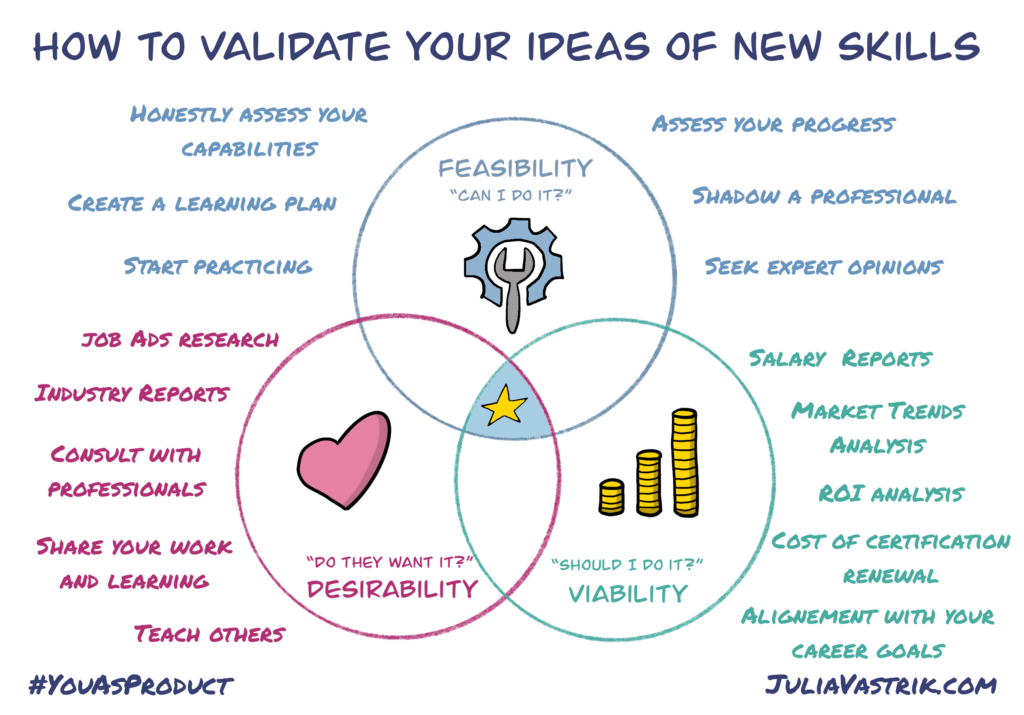
3. Build MVP
Usually we wait too long before starting applying new skills we learnt.
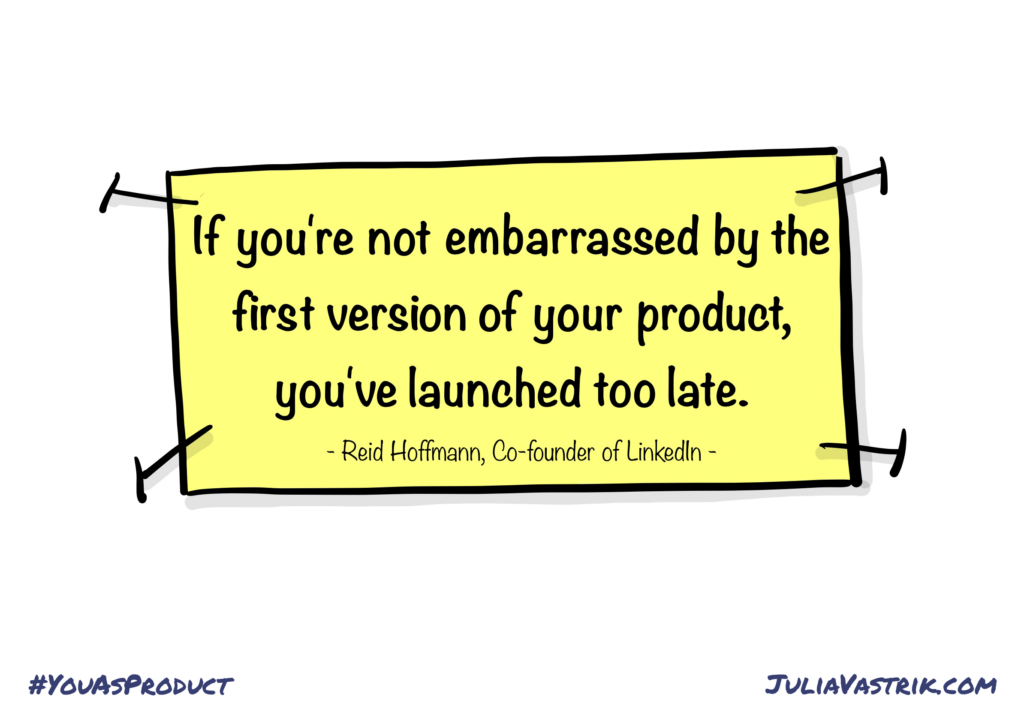
Don’t wait until you feel “ready.”
- Do this talk
- Write this blog post
- Apply to this job position
- Start speaking the new language
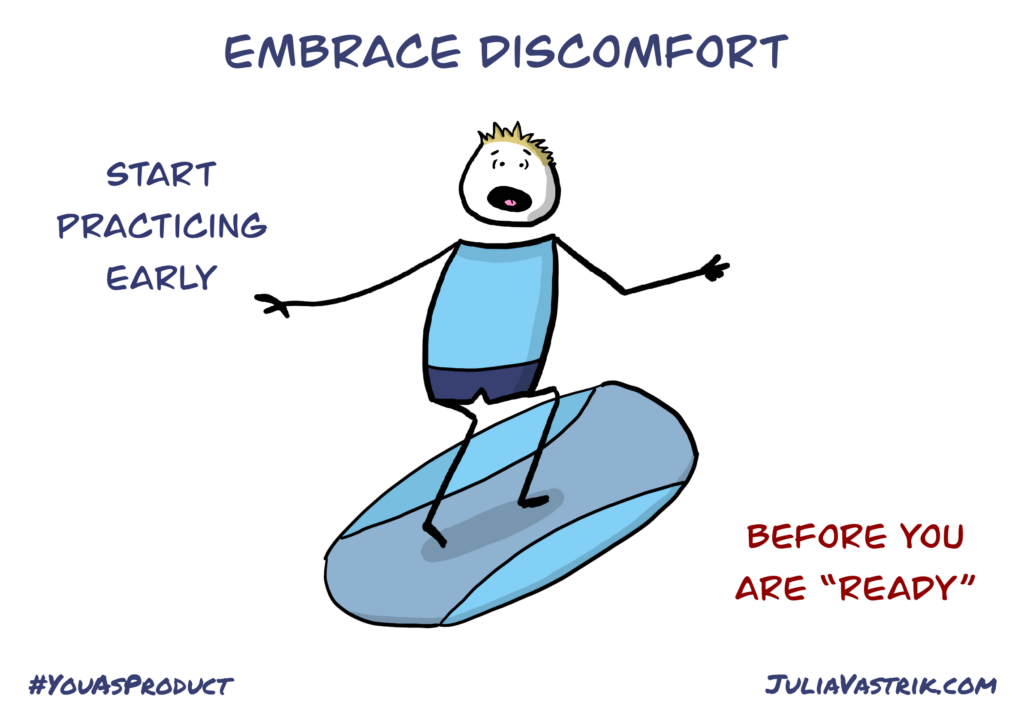
Yes, you’ll make mistakes. But that’s how we learn.
- You might fail
- You might make mistakes
- You might lack confidence
- You might feel uncomfortable
And:
- You will learn
- You will get feedback
- You will gain the confidence
- You will expand your comfort zone
The growth happens through experiencing the discomfort.
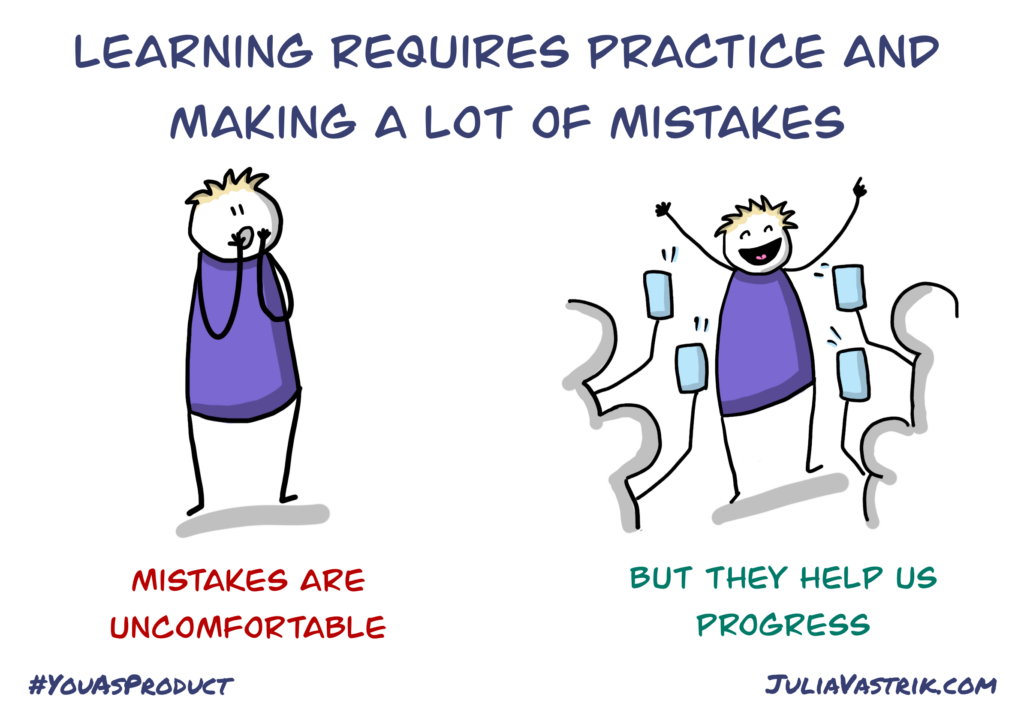
To learn, we need to practice in real life and make a lot of mistakes.
We learn to drive a car by driving a car, to speak a foreign language by speaking the language, to code by writing code, and to speak publicly by actually speaking publicly—not by reading or watching a video about it.
Of course, preparation is important but we usually stay in this preparation phase way too long instead of starting practicing and getting feedback immediately. This feedback often comes from our mistakes. It does not feel comfortable, but it helps us learn very effectively.
- We see where our weak points are
- We see what we are doing wrong
- We learn how to correct it
- We are getting smarter
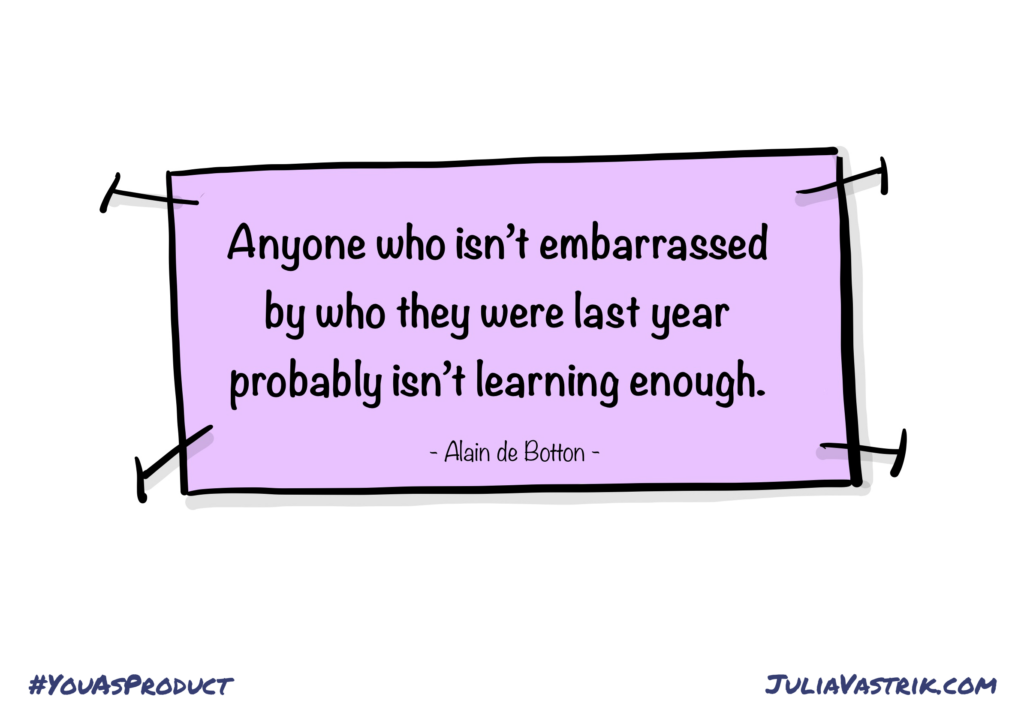
SEE ALSO: Making More Mistakes
4. Focus
Focusing is one of the most challenging things—for us and for our businesses.
Many companies struggle with it. We want to do everything, all at once. We try to tackle too many things in parallel. As a result, we spread ourselves too thin.
But focus is not about doing more—it’s about doing less.
The core of prioritization isn’t about selecting the right things to do—it’s about deliberately choosing what not to do, and making incremental investments in what remains.
The same applies to our personal development.
To stay focused, we need to follow three key principles:
- Focus on the most important things
- Focus on fewer things
- Focus on the task at hand
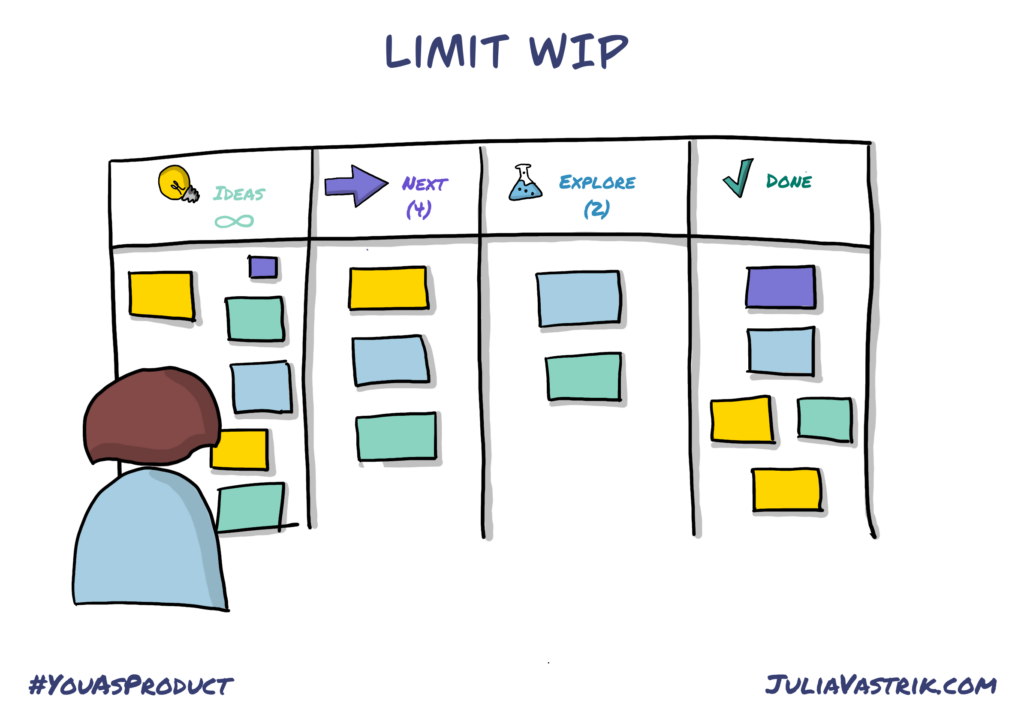
5. Execute
We’ve chosen what matters most right now. We’ve decided to concentrate our time and energy there. But here’s the challenge:
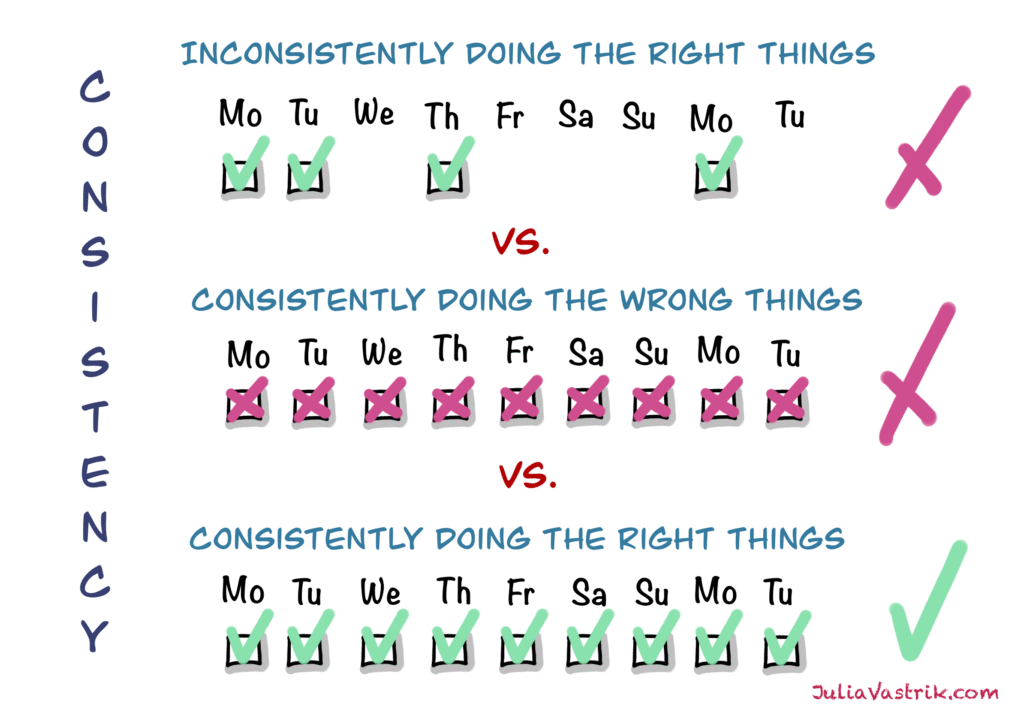
We’re surprisingly good at consistently doing the wrong things.
We default to what’s easy, urgent, or gives instant results. We stay busy, but not consistently effective. We focus on activities instead of outcomes. Doing the right things consistently is much harder.
It takes intention, discipline, and a willingness to delay gratification. But this is where real progress happens.
Execution goes hand in hand with focus, particularly the focus on the task at hand.

Discipline is what turns goals into progress.
The most important things, like learning and personal growth, rarely bring instant rewards.
We won’t always feel motivated. But if we keep showing up, if we stay consistent-even with small but regular steps-those efforts start to compound, and the results add up.
We may not notice the change day by day, but one day we look back and see just how far we’ve come.
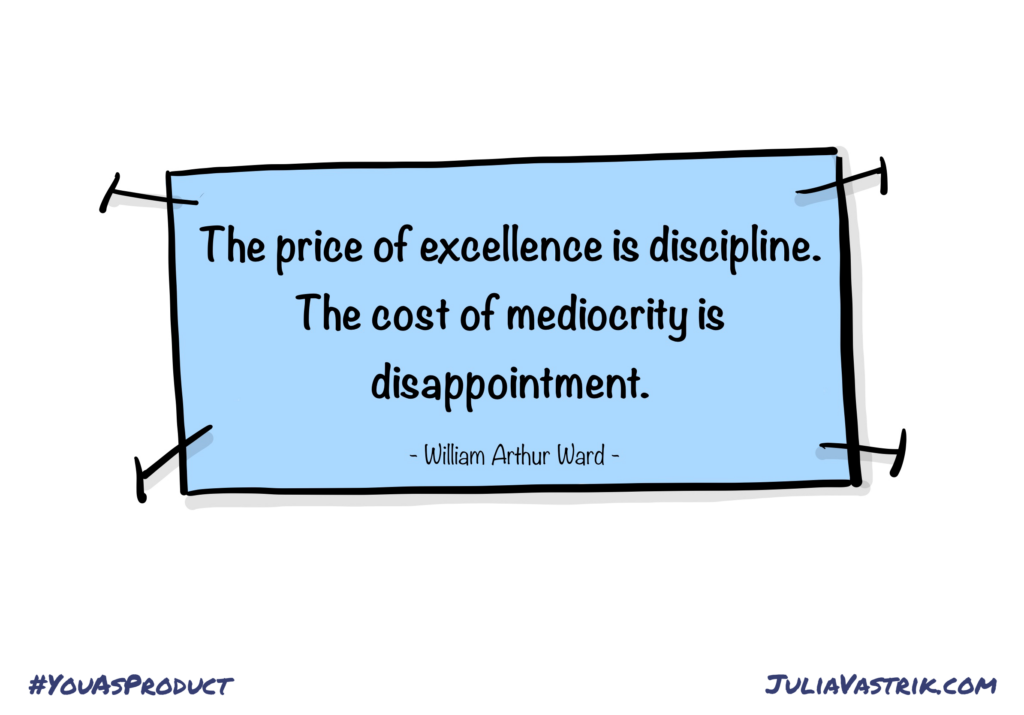
6. Brand Yourself
Branding is a value multiplier.
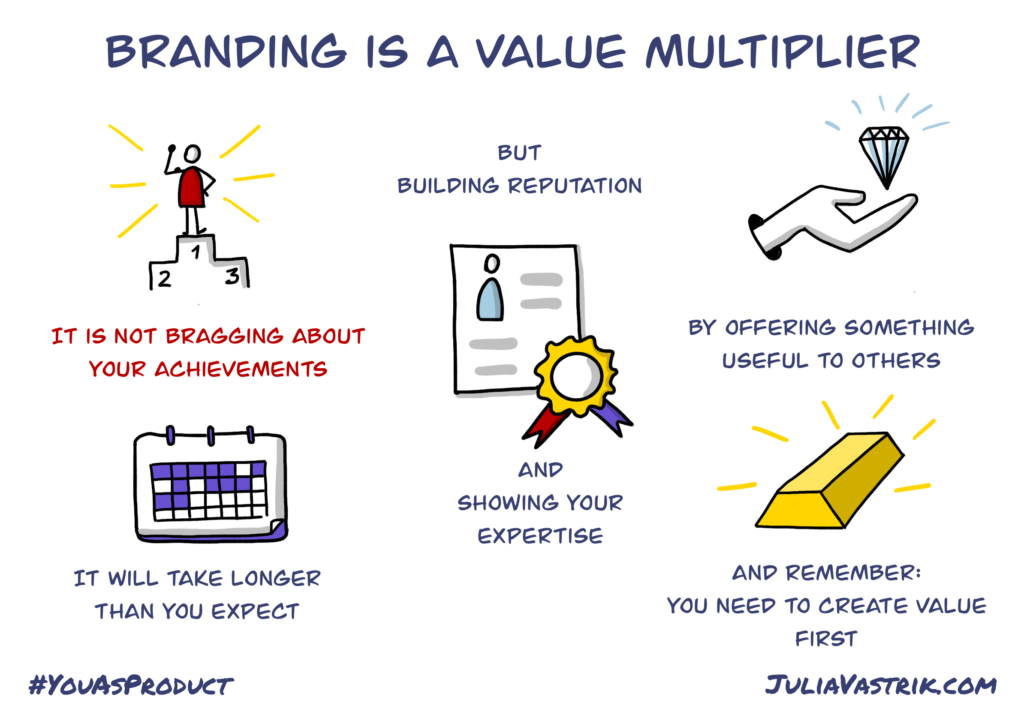
First, create value. Then let the world see it.
The process is the same in the case of Company Branding and Personal Branding.
Personal Branding is building your reputation, showing yourself as an expert, and demonstrating what you are able to do.
Personal branding isn’t bragging. It’s offering something useful:
- Create content
- Teach others
- Speak at events
Branding takes time. But small steps add up. And remember: it multiplies the value you already produce—not mediocrity.
So, these are the 6 elements of personal innovation:
Quite simple and logical ones. They can help us create the structure on our way to reinventing ourselves. If we keep showing up and executing consistently.
And still:

The process will be messy. And it will take longer than we expect. And it will be challenging, with multiple ups and downs.
But:
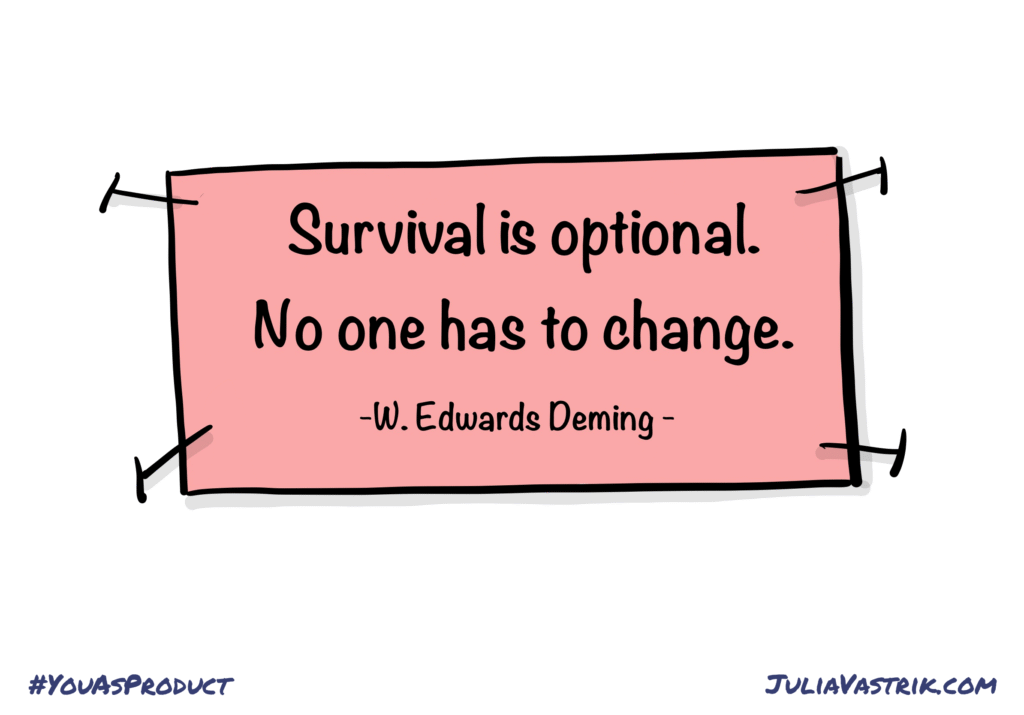
The world changes faster and faster, and now it happens just at dramatic speed, and we need to change with it, too, to adapt to these new realities and not become obsolete. It is clear that in the future, the speed of change will only increase.
Therefore, most of us will likely will need to pivot our careers more than once. And that means constantly learning.
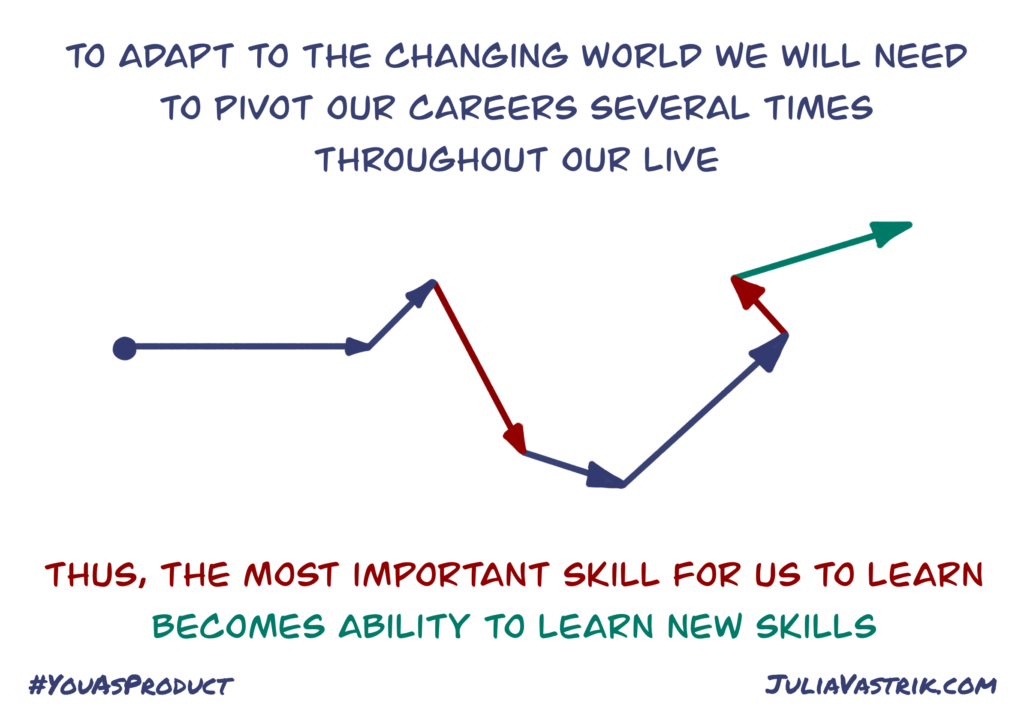
Learning how to learn is one of the most important skills we can develop. There are specific methods for doing this, such as deliberate practice, active learning, spaced repetition, applying what you learn, cultivating a growth mindset, embracing failure, making mistakes, and more.
Still, the best way to get better at learning is simply to keep learning new things all the time. The more we learn, the more natural it becomes. We train our learning muscle itself and improve our ability to think clearly.
And it’s just really great to learn.
Pure fun.
Keep learning. Stretch yourself. Make mistakes. Learn from those mistakes. Enjoy the process.
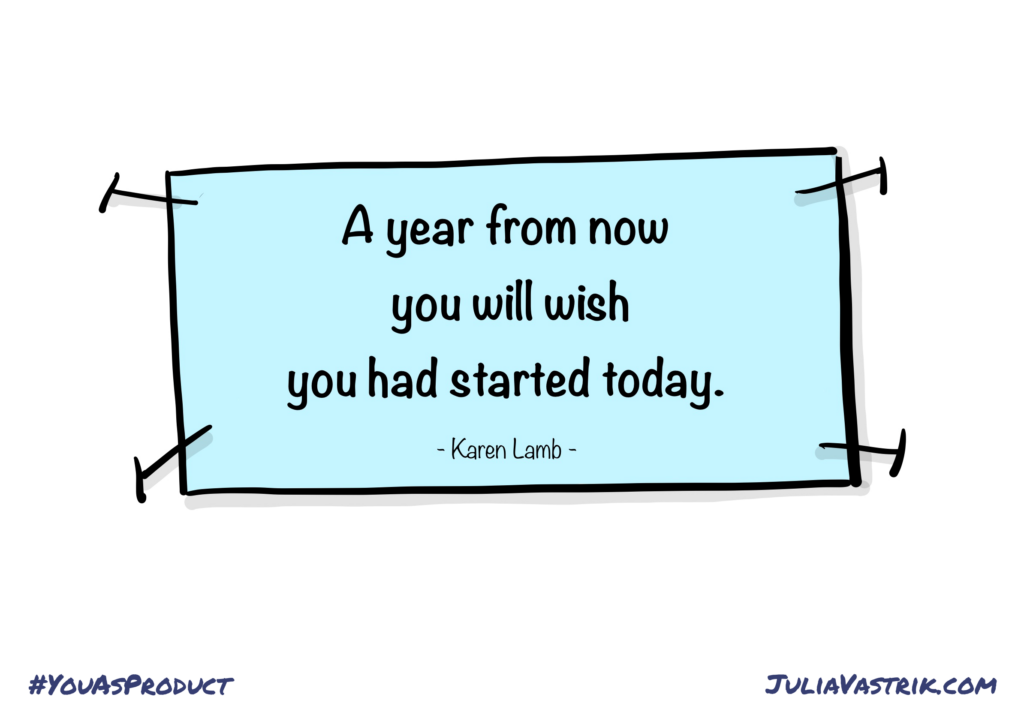
START TODAY!
